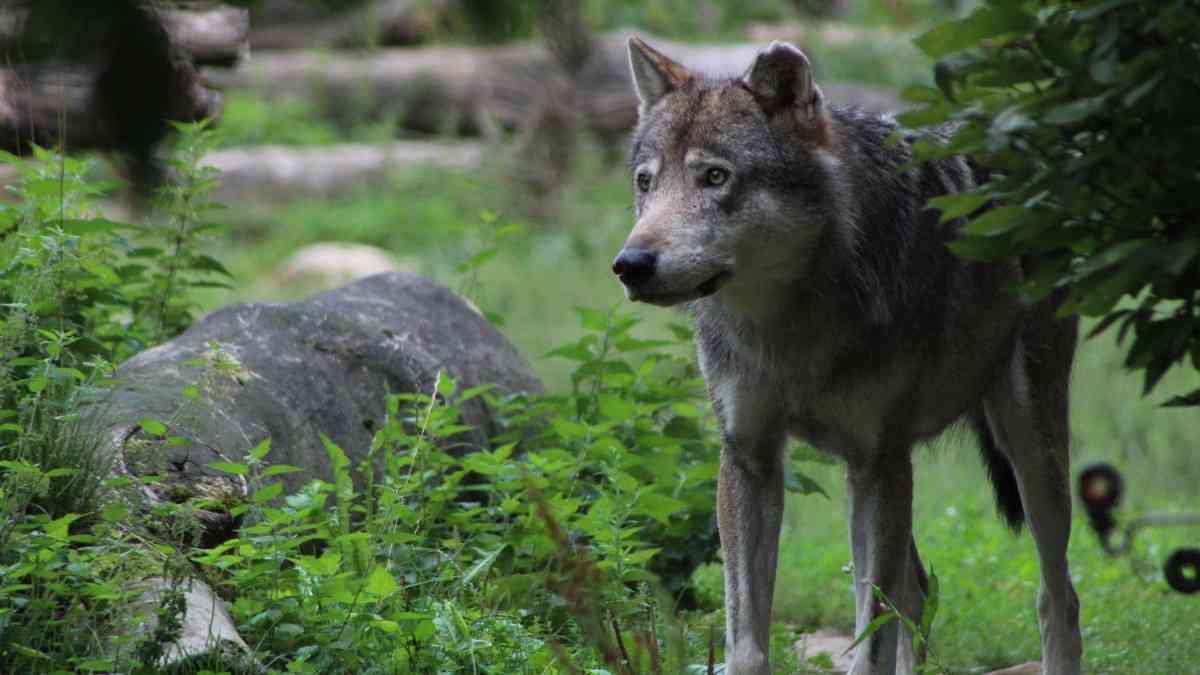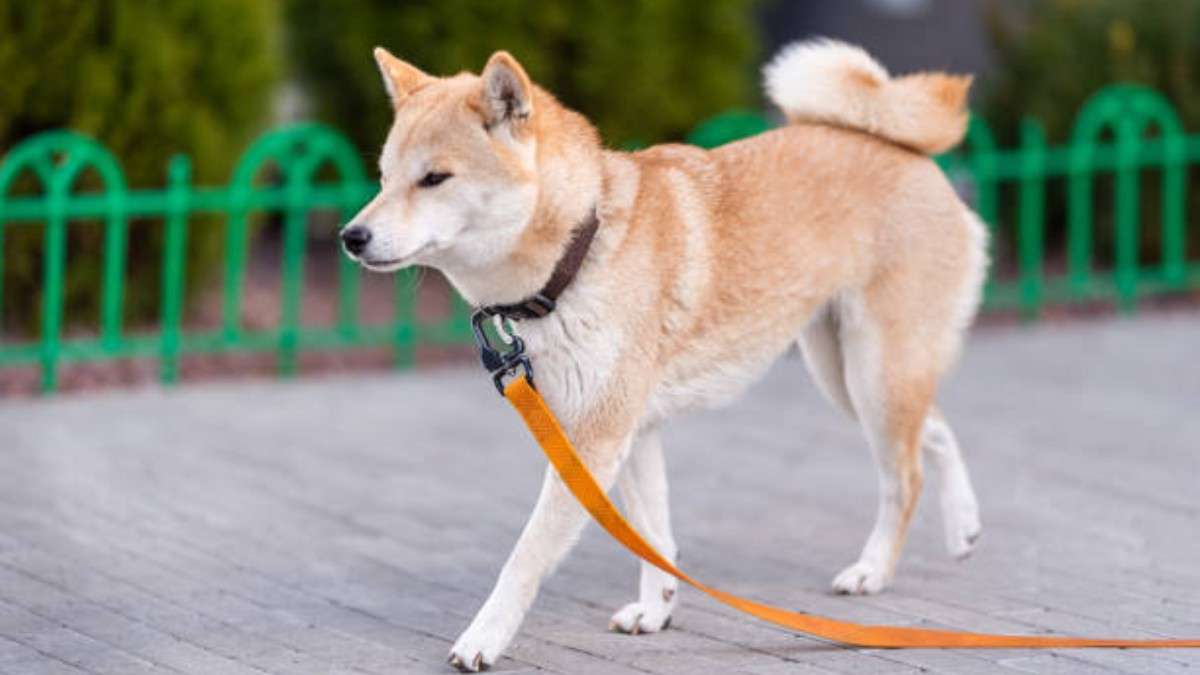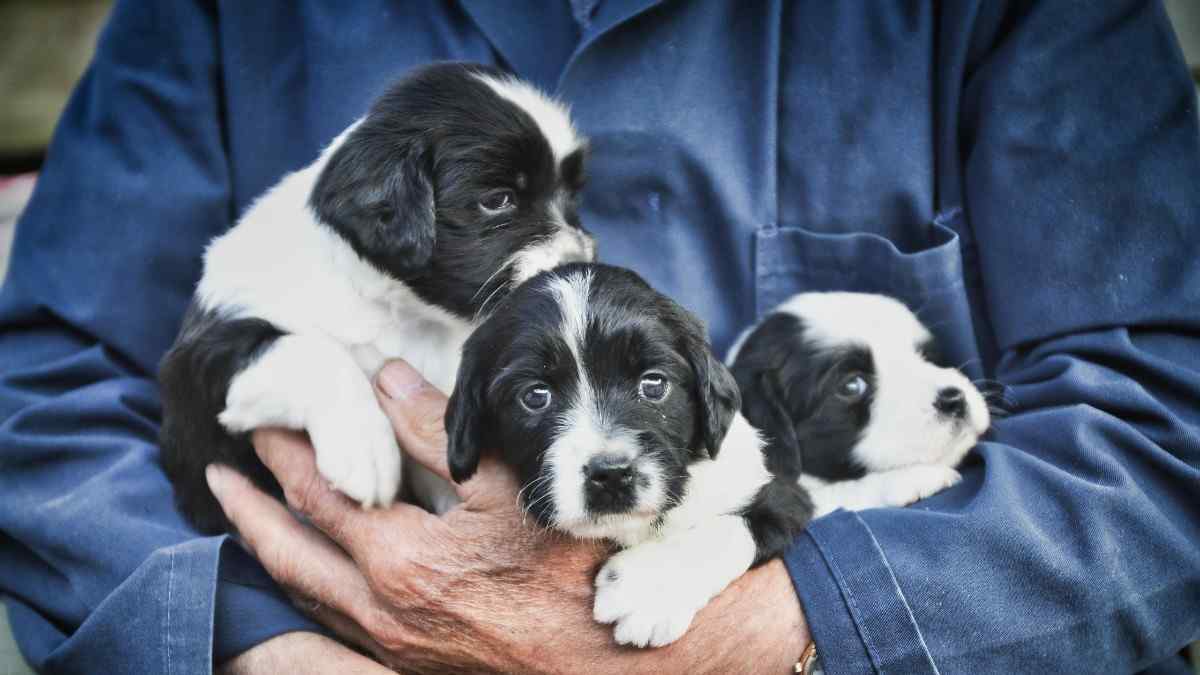Wolves Breeding with Dogs: Wild Love Creates Unique Breeds
The blending of wild wolves and domesticated dogs has fascinated humans for generations. When these two closely related species interbreed, they produce wolf-dog hybrids animals that straddle the line between the untamed instincts of nature and the trainable loyalty of household pets. This union is not just a genetic mix but a meeting point of two very different worlds. With wolves symbolizing wilderness and freedom, and dogs representing companionship and domestication, the resulting hybrids often display a complex combination of physical traits and behavioral tendencies. Understanding this crossover provides insights into the history of wolves breeding with dogs, canine evolution, the challenges of hybrid ownership, and the ethical considerations of breeding animals that exist in the grey zone between wild and domestic.
What is a Wolf-Dog Hybrid?
A wolf-dog hybrid is exactly what it sounds like a cross between a wild wolf and a domesticated dog. While this may sound like science fiction or folklore, it’s very real. These hybrids inherit traits from both species, making them unpredictable and unique.
Genetics Behind the Mix
Wolves (Canis lupus) and dogs (Canis lupus familiaris) share over 98% of their DNA, making interbreeding possible. However, the percentage of wolf DNA in hybrids varies widely — some might be 90% wolf, others just 10%.
Common Breeds Used in Wolf Hybrids
Some dog breeds are more compatible for wolf hybridization due to their physical and behavioral traits.
The German Shepherd Connection
German Shepherds are one of the most common breeds used. Their intelligence, strength, and appearance make them a prime choice.
Huskies and Malamutes in the Mix
With their wolf-like appearance and endurance, Siberian Huskies and Alaskan Malamutes are also frequently bred with wolves.
History of Wolf-Dog Breeding
Ancient Interbreeding
Believe it or not, humans and wolves have been sharing bonds for thousands of years. There’s archaeological evidence suggesting early humans may have bred dogs with wild wolves intentionally or accidentally.
Modern Hybrid Programs
In recent decades, some breeders began experimenting with wolf-dog hybrids to create a more “wild-looking” pet or for specific behavioral traits. However, these efforts haven’t always gone as planned.
Characteristics of Wolf-Dog Hybrids
Wolf-dog hybrids don’t follow the same playbook as regular dogs. They’re a mix of instincts and domestic behaviors.
Physical Traits
These hybrids often have longer legs, sharper snouts, and thicker fur. Their eyes can be piercing yellow or amber, adding to their wild appearance.
Behavioral Differences
Temperament: Instinct vs. Training
One day they might be cuddly and playful, and the next aloof and territorial. That’s because they have a strong instinctual side, especially in high-content hybrids (more wolf DNA). Training is possible, but it requires patience and consistency.
Legal Issues Around Wolf-Dog Hybrids
Are They Legal Everywhere?
Nope. Laws vary dramatically. Some states or countries outright ban wolf-dog ownership, while others require special permits.
Licensing and Restrictions
Even where legal, owners might face strict regulations like enclosure standards, insurance requirements, and behavioral evaluations.
Should You Own a Wolf-Dog Hybrid
Pros and Cons
Pros:
- Unique companionship
- Intelligent and striking appearance
- Strong loyalty to owners
Cons:
- Not predictable
- Not ideal for first-time dog owners
- May require special housing and care
Who They’re Best Suited For
These animals aren’t for everyone. They’re better suited to experienced handlers who understand animal behavior and can provide space, training, and stimulation.
Challenges in Raising a Wolf Hybrid
Socialization and Training
Wolf-dogs don’t respond to training like a regular Labrador. Socialization from a very young age is essential. Otherwise, they might become skittish, aggressive, or uncontrollable.
Feeding and Health Needs
Forget kibble. These hybrids often need a diet that mimics what wolves eat raw meat, bones, and organ meats. Health-wise, they can be prone to both canine and wild illnesses.
Breeding Wolves and Dogs
Natural vs. Controlled Breeding
In the wild, interbreeding is rare but possible, especially in regions where dog populations roam freely. Controlled breeding involves pairing wolves with domesticated dogs in a secure setting but it comes with significant risks.
Ethical Considerations
This is where it gets dicey. Many experts argue it’s unethical to breed hybrids due to the challenges in raising them, public safety concerns, and the potential suffering of the animals themselves.
Conservation and Genetics
The Impact on Wild Populations
When hybrids are released into the wild or escape, they can breed with wild wolves, threatening the genetic purity of wolf populations.
Genetic Integrity Concerns
Hybridization might sound cool, but it risks diluting the wild characteristics that conservationists are working hard to protect.
Final Thoughts
Wolf-dog hybrids are a blend of mystery, wild beauty, and complex care. They’re not your average pet and they shouldn’t be treated like one. While the idea of owning part of the wild might sound alluring, it’s a big responsibility that shouldn’t be taken lightly. If you’re considering it, do your homework, understand the challenges, and most importantly, respect the wild side of these incredible animals.
Frequently Asked Questions (FAQs)
Q1. Are wolf-dog hybrids dangerous?
They can be. While not inherently aggressive, their wild instincts can make them unpredictable, especially in stressful or unfamiliar environments.
Q2. Can wolf-dog hybrids live with other pets?
It depends. Some hybrids may have a strong prey drive, making them a risk to smaller animals. Early socialization helps but doesn’t guarantee safety.
Q3. Do wolf-dog hybrids make good guard dogs?
Not really. While they’re alert, they’re not naturally protective of property or strangers the way some dog breeds are.
Q4. How long do wolf-dog hybrids live?
Typically, they live between 12–16 years if well cared for, similar to large dog breeds.
Q5. Can you train a wolf-dog hybrid like a regular dog?
Training is possible, but it requires much more patience, time, and consistency. Traditional methods often don’t work well with hybrids.




Post Comment